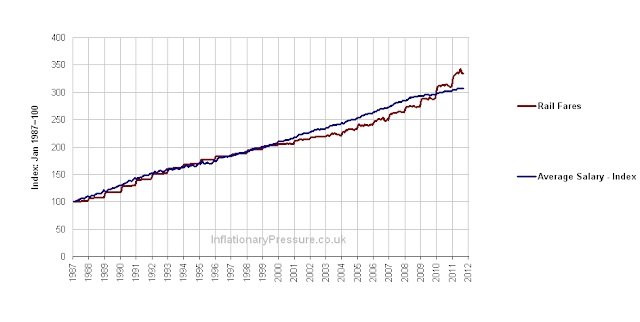Palladium Prices still below its 2000 peak
Palladium is a rare and lustrous silvery-white metal discovered in 1803 by William Hyde Wollaston. He named it after the asteroid Pallas. It is is a transition metal and a member of the platinum group metals (PGM). The catalytic properties of the six platinum group metals – iridium, osmium, palladium, platinum, rhodium, and ruthenium – are outstanding, but palladium has the lowest melting point and is the least dense of them. This unique property of palladium and other platinum group metals account for their widespread use in the chemical and automotive industries.Sources of palladium production are quite limited. More than 80% of world palladium production is concentrated in just two countries: the Russian Federation and South Africa. The Russian Federation alone accounts for around half of total palladium supply. The six metals of the PGM occur in nature in close association with one another and with nickel and copper. They are among the least abundant of the Earth's elements. Of the few known deposits, those in South Africa and Russia are by far the largest. There are fewer than ten significant PGM mining companies in the world.
Palladium in used in a range of industries, but in 2011 around 64% of all the supply of palladium were used in the automotiveindustry as the catalyst in automobile catalytic converters, which convert up to 90% of harmful gases from auto exhaust (hydrocarbons, carbon monoxide, and nitrogen dioxide) into less-harmful substances (nitrogen, carbon dioxide and water vapor). Palladium is also used in electronics, dentistry, medicine, hydrogen purification, chemical applications, and groundwater treatment. Palladium plays a key role in the technology used for fuel cells, which combine hydrogen and oxygen to produce electricity, heat, and water. Since 1979, the automotive industry has emergedas the principal consumer of PGM. Palladium is even used as an investment throughpalladium coins and bars. With this ever increasing use and demand for high performance catalysts and every growing number of automobiles, this is a very important element to examine.
The annual average Palladium price data came from www.kitco.com and it dates back to 1968. The historical UK Pound to US Dollar exchange rate data came from Lawrence H. Officer, "Dollar-Pound Exchange Rate From1791," MeasuringWorth, 2011 at www.measuringworth.com/exchangepound/.
The prices were adjusted for inflation by converting the nominal price into the equivalent in 2011 US Dollars and 2011 GP Pounds Stirling. The US inflation data came from thehistorical CPI from the US Department of Labor. For the UK inflation the data came from Dominic Webb (2006) "Inflation:the Value of the Pound 1750-2005" Economic Policy and Statistics Section,Research Paper 06/09, House of Commons Library, UK. From this you get the following results shown in the graph below.
 |
| Historical Annual Average and Inflation Adjusted Palladium Price since 1968 in Pounds Sterling and US Dollars |
The doted lines are the unadjusted nominal annual average palladium price, and the sold lines are the inflation adjusted palladium price. The first thing that becomes obvious is that the unadjusted palladium price bottomed around 1971 in Dollars a approximately $35 per troy ounce and in 1969 in Pounds at around £13 per troy ounce.
However when you examine the inflation adjusted palladium price, you notice that its lowest prices was in 1992 in both GB Pounds and US Dollars at around £84 and $140 per troy ounce respectively. Since them the price peaked in 2000 at approximately £621 and $891 per troy ounce respectively. It then dropped back to a price similar to that in the mid 1990’s before rising again by 2011 to a value close to the peak in 2000. Below is a chart showing only the inflation adjusted palladium price with a linear axis (non logarithmic axis, unlike the first chart).
The second thing that you realize is that inflation adjusted palladium price has been fairly volatile since 1968. There have been several times when the inflation adjusted price increased by a factor of 3, 4 or larger, over a 4 or four years before crashing back down to bottoms around $70 to $100. In Pounds the values at the bottoms were not close to each other was they were in Dollars. Nor were the peaks always reaching the same % increased from the bottoms as they did in Dollars, as seen in the 1980 peak. Using the price in 1971 as a baseline the inflation adjusted palladium price in UK Pounds and US Dollars was indexed and this is shown below.
 | |
|
The indexed price data clearly displays that the historic inflation adjusted palladium prices has been considerably volatile since 1968. In fact the most stable period for the price in both US Dollars and UK Pounds, was between the early 1980s until the late 1990s Additional the average price in US Dollars for 2011, was within 80% of the inflation adjusted peak prices of 2000. Tit is interesting to note that since the early 2000s the inflation adjusted palladium price in Pounds Sterling has not increased by the same multiple as see for the price in US Dollars. This phenomenon has been observed occasionally in the long term historic inflation adjusted gold price and the historic inflation adjusted silver price. It will be interesting over the next few months to see if this phenomenon is also found for other commodity prices hen inflation adjusted in Pounds Sterling?
Written by Inflation Monkey. Join on Google+.
Written by Inflation Monkey. Join on Google+.




